|
|
ADDRESS AT THE INAUGURATION OF THE NATIONAL ENERGY CONSERVATION DAY
14-12-2005 : Delhi
Energy Conservation: Challenges
I am happy to participate in the Inauguration of the National Energy Conservation Day. I greet the members of the Ministry of Power, energy experts, academicians, industrialists, municipal authorities, building experts, students and distinguished guests. My greetings to all the award winners of the industry who have conserved energy and actively contributed in this vital national development task, since I consider that energy saved is equivalent to energy generated. I extend my special greetings to the children who have participated in the energy conservation painting competition and are creating a youth movement in this energy conservation mission for bringing out the energy conservation potential. I would like to discuss on the topic "Energy Conservation: Challenges".
Energy Potential
Of about one thousand billion units of electrical energy produced annually, I understand only 600 billion units reach the consumer, whereas the reported energy shortage is around hundred billion units. It has also been found that the saving potential for the whole country is over two hundred billion units. Also, the demand for power at the peak time is around one lakh thirty five thousand megawatts as against the available generating capacity of one lakh twenty three thousand megawatts. This is the result of transmission loss and unaccounted loss. I am sure with appropriate management of power and adoption of comprehensive energy conservation strategy; it is possible to meet the total demand of electrical energy and the peak time power without increasing any generating capacity. To keep pace with the higher economic activities on the three sectors, gradually we have to increase the power generation to 300,000 MW before 2020.
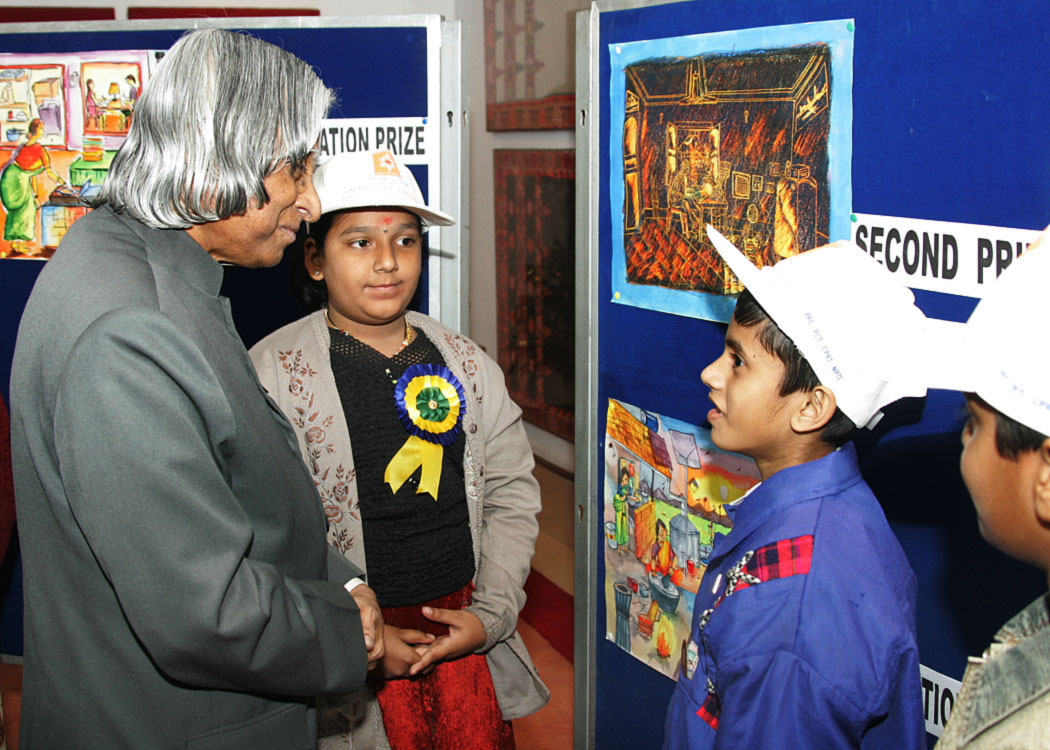

Peak Load Management
When I think of peak load management of power I am reminded of 1980s when I was working as Director (DRDL). In 1983-84, there was severe shortage of power in Andhra Pradesh. The Defence labs had a peak load constraint of 3 mega watt powers, whereas the connected power was over 10 mega watts. This situation led to inefficient working of all the three labs located in the complex. To overcome the situation the three Directors of the laboratories at Hyderabad devised an innovative plan to stagger the working hours in such a way that one set of laboratories used to work for a four day week (from Monday to Thursday) of 10-1/2 hour duration per day. The other set worked on a different four days (Thursday to Sunday) with one common working day available among all labs to facilitate inter laboratory communication. This system ensured conservation of energy and maintained efficiency within the peak load constraint imposed by the state electricity board. This is one way of practical energy conservation.
Similarly, I would suggest implementation of staggered working hours for the whole country based on the determination of the existing peak demand period in various parts of the country. This will definitely be possible in a large country like ours. For example Sun rises at Agartala one hour before the Sun rises in Mumbai. If we follow such a staggered system of working hours in different parts of the country, it will definitely be possible to remove the peak hour shortage of 10 to 12%. In addition, we can also think of staggered working hours and working days in various industries within a metropolitan city for enabling reduced congestion on the roads leading to smooth flow of traffic on all the days. Ministry of Power may like to analyze the problem and suggest a staggered working hour model for the whole country for ensuring full availability of peak load demand of all industries. Now I would like to discuss some measures which can be taken for meeting the overall energy shortage of the nation.
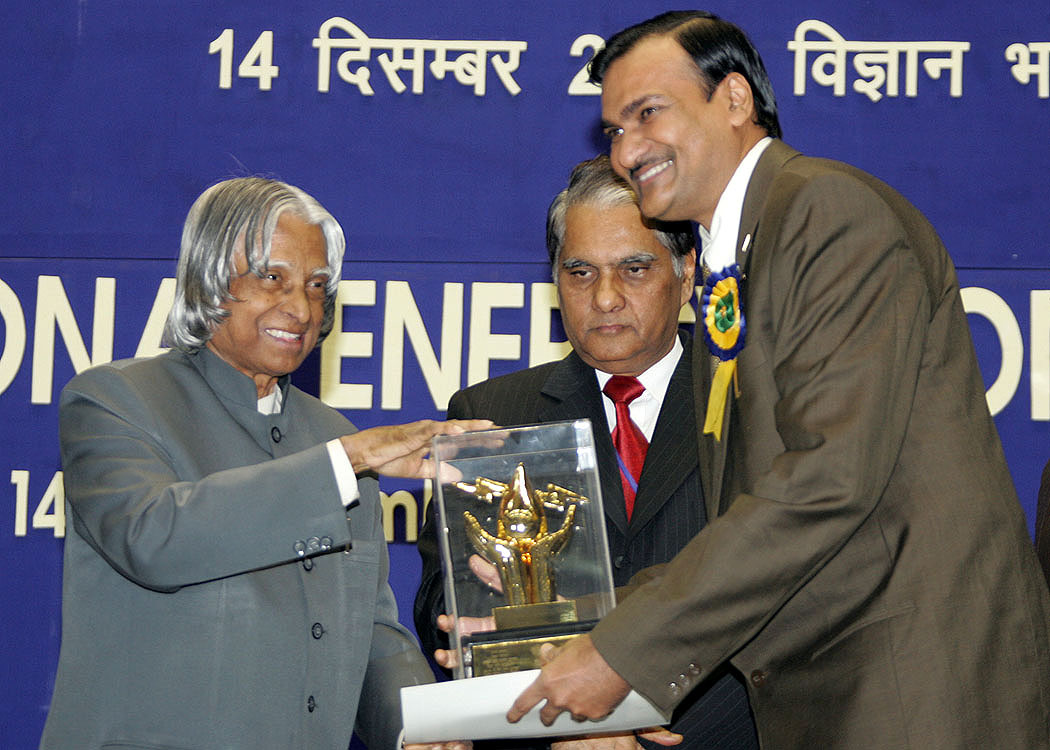

Mapping the Neighborhood by the children
As a part of national campaign on Energy Conservation 2005 the Ministry has organized a school level painting competition amongst 3.5 lakh students of fourth and fifth class belonging to over 17,500 schools spread in different parts of the country. I appreciate the action taken by the Ministry of Power in inspiring the children. In addition to this, I would suggest another scheme which can be introduced amongst students for detecting and reporting areas through which energy can be conserved.
In my many interactions with school children, parents, teachers and educationist, I have been told that our existing educational process tends to emphasize learning by memory rather than strengthening creativity. The essence of Science & Technology on the other hand is embedded in two of the most fundamental impulses ? the desire to discover and the desire to invent. It is vital that our education process nurtures and nourishes these two impulses.
An attempt in this direction has been made in a pilot programme called "Mapping the Neighborhood" initiated by the Department of Science and Technology. In Almora district in Uttaranchal children from 20 schools have been motivated to use mapping techniques to investigate and map basic socio-economic, environmental and ecological issues being faced by the neighborhood community. Armed with the scientific and technological tools such as Global Positioning System (GPS), Geographic Information System (GIS), Space Imagery incorporated in the hand held computers; the children are creating maps with the neighborhood details to improve their understanding of the immediate environment. These maps will enable further the technological community to find solutions for the regeneration of fast disappearing natural sources of water, improving road connectivity, finding better locations for electricity and water distribution points, reducing traffic congestion and improved systems of garbage collection.
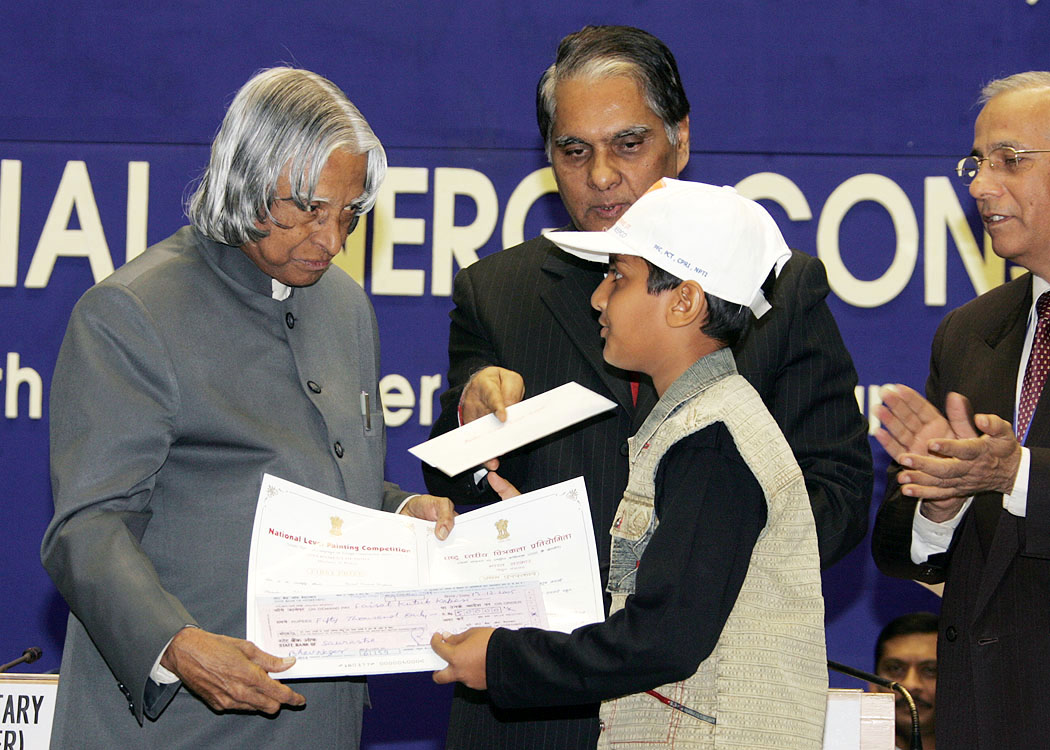
Another children programme can be launched through a creative task. The children can be asked to map the energy consumption of each of the household, industry, hospital and the hotels in a particular area. They can also request their own parents and the other members in the locality to save electricity in their buildings to the extent possible by switching off the lights, fans, air-conditioners, and other electronic gadgets when they are not needed continuously. This measure will not only save electricity but also prevent accident occurring due to electrical short circuits. If this awareness for saving electricity comes to our youth, I am sure we will easily be able to save more than 10% of the energy consumption. This will also give our youth an opportunity for participating in our national development mission which they have been constantly asking during my various interactions.


Energy consumption: Targets
One of our experts says that "For a normally constructed building, the present energy consumption in India is 300 kwh per m sq annually which can be brought down to 140 kwh per m sq annually by proper designs/details/philosophy, whereas in Germany with its strict energy codes it is reported that the consumption is only 50 kwh per m sq annually. It is all the more important for India to achieve at least a target of 100 kWh per m sq annually with in the next 5 years. This will need coordinated effort between architects, builders and the energy engineers, a newly developed expertise.
The architects and building planners have to play a very important role in the design of the building with these features. The seeds of this perspective have to be sown in the schools of architecture and town planning. Energy conservation should start right from the location of the site, the direction of buildings, windows, doors, glare etc., the aim should be to use maximum advantage of the sun and wind, while minimizing the wasteful heat load from sun into the buildings and roofs.
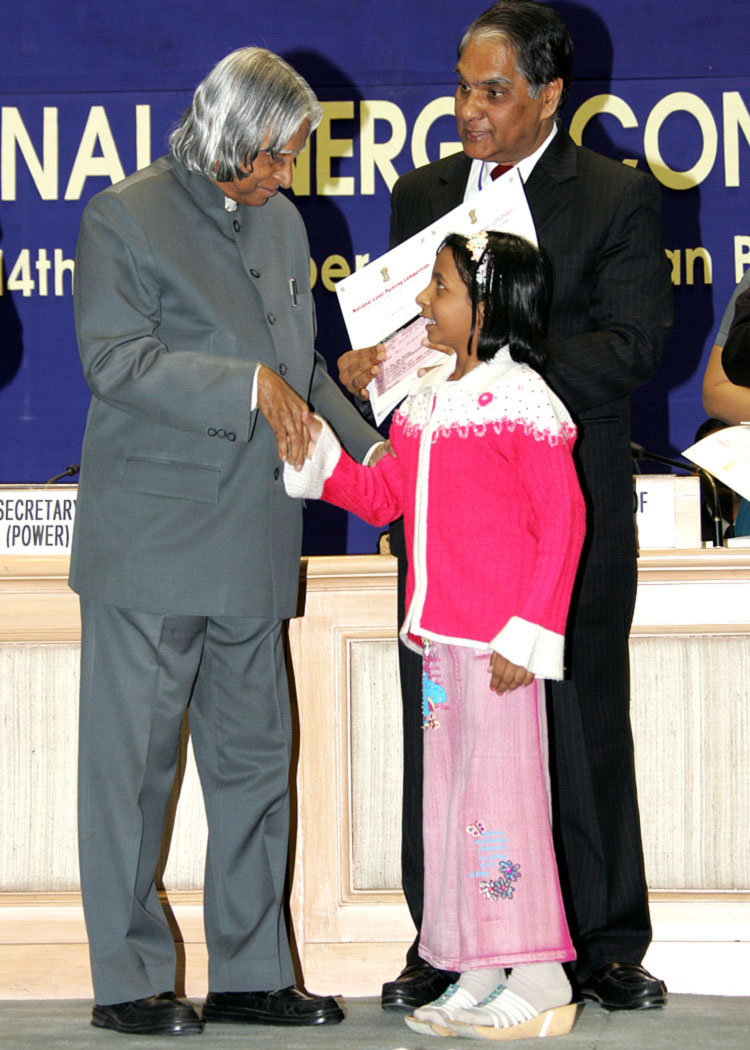

Embodied Energy
The construction sector plays a significant role in economic development of the country. Activities in the construction sector are complex, highly dispersed and resource demanding. The activities of the sector result in the loss of important natural assets and impose severe stress on the environment. Agricultural land is often lost through urbanization and extraction of raw materials. The consumption of fossil fuels contributes to increased air pollution and emissions of greenhouse gases. Energy is required for manufacturing materials, for transport and for construction of buildings. Apart from this initial energy use, there is also need for energy for functioning of buildings. In the developed countries there is a growing demand for an environmental impact assessment of all building projects, which includes considerations of embodied energy i.e. the energy that is consumed in extraction of raw materials and production of finished building materials.
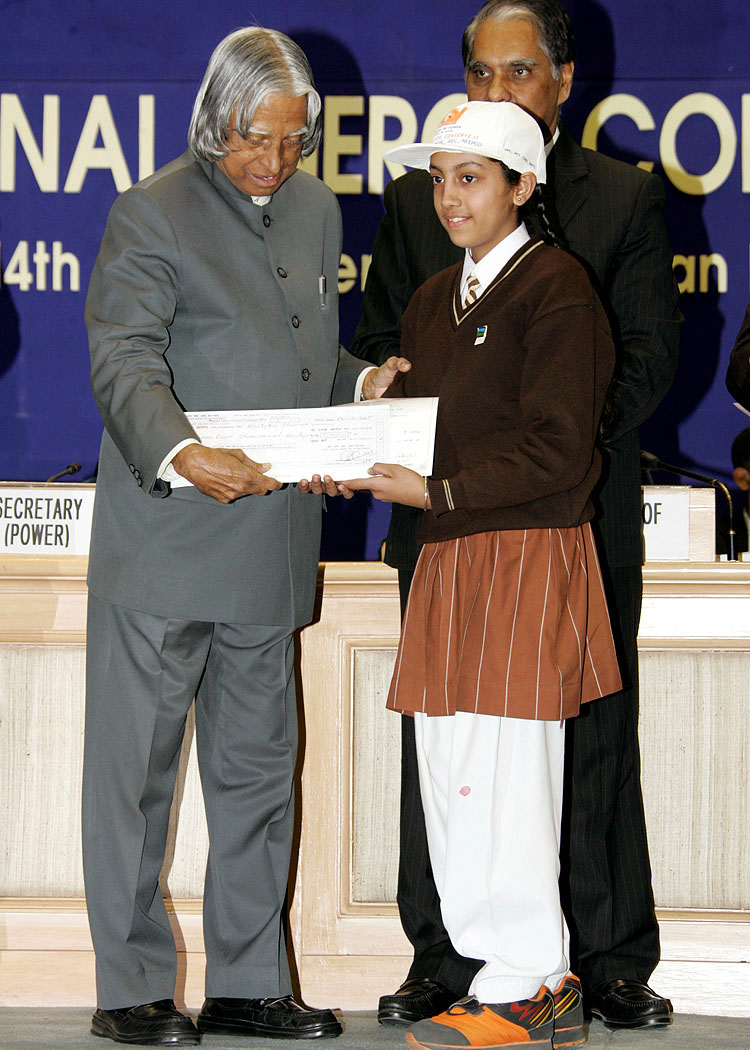
However construction is crucial to the prosperity and civilization of human beings. People require habitats, schools, work places, markets, places for sports and cultural activities. Our task therefore is to have more and better construction for our billion people, but minimize per capita energy consumption in the whole chain by value addition in construction and maintenance. There is a need to reduce the embodied energy especially in respect of office buildings, hospitals and hotels by at least 10% of the present embodied energy consumed which is in the region of five thousand kilo watt hour per square meter.
I am happy that a good beginning has been made due to the enactment of the Energy Conservation Act 2001, Bureau of Energy Efficiency has been formed which has initiated the task of developing Energy Conservation Building Codes.
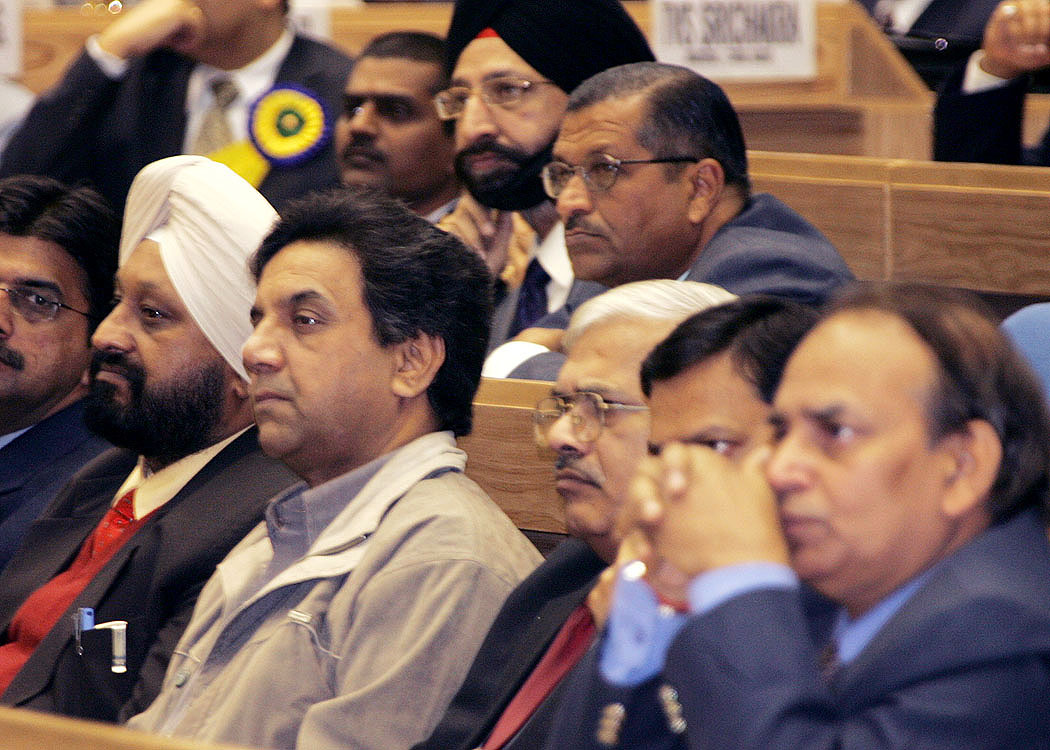

Energy Conservation in Manufacturing
The energy conservation in the shop floor has to start right from the operator. We have to clearly create awareness and a sense of responsibility among all operators to conserve energy in their own limited area. One method of planned improvement can come by having a constant review of the energy utilization and reasons for variance. The variance analysis will lead to determination of the causes of increase which in turn can be attended to by the maintenance personnel. Also, there is a need to install energy conservation control system which will be initiated whenever the machinery is idle and is not required to be kept on.
In continuous operation chemical plants, switching off and on, it may lead to inefficient process leading to enhanced energy utilization. Wherever continuous reliable energy is not available, it will be economical to use back up system to ensure process efficiency and prevent in - fructuous energy expenditure due to unplanned start - stop operation. The companies may institute appropriate incentives for encouraging the employees to conserve energy in their own domain activity since this will have a direct bearing on the profitability of the company.
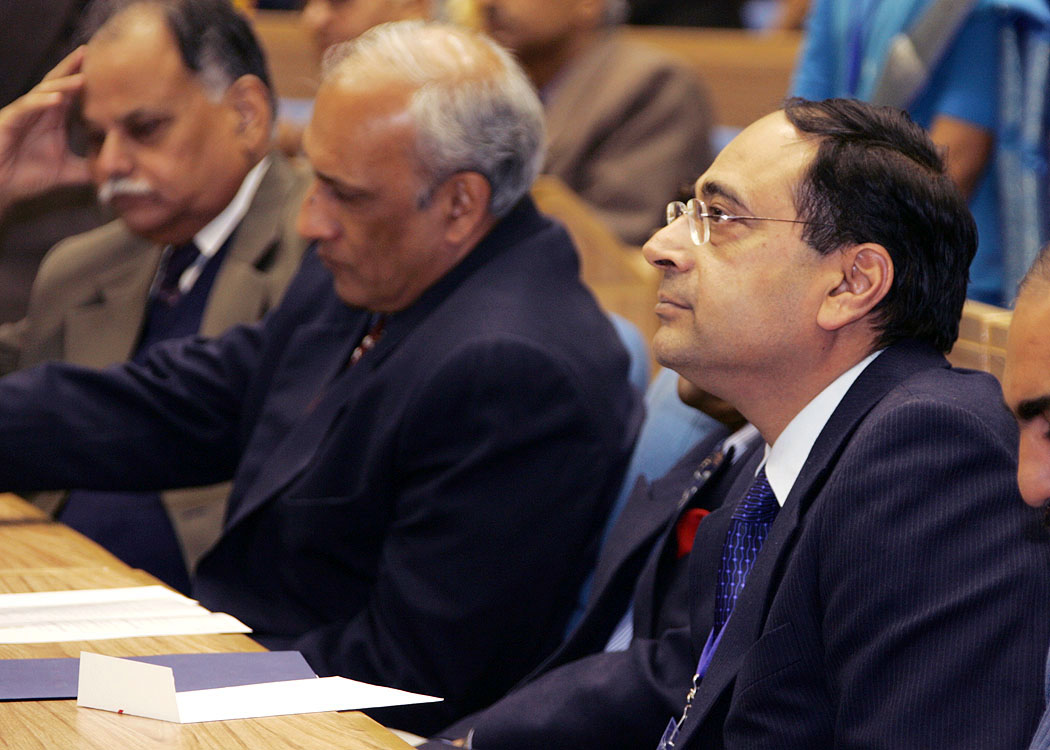

Conclusion
Energy is a vital input for industry. Enterprise wise energy conservation is an important wealth generator for every industry. For ensuring competitiveness per capita energy utilization is an important index. Keeping this in mind, I would request the expert assembled here to address the following issues relating to practical energy conservation implementation strategies:
(a) Evolving energy utilization norms for different industry such as cement, aluminum, steel, urea, textile etc on per capita basis and provide a challenge to designers to work towards the target.
(b) Creating an enterprise wise review mechanism to reveal the variance from planned utilization to the actual. As far as possible try to allocate the responsibility for this variance and take immediate corrective action.
(c) Creating an idea bank in which employees can provide innovative solutions for energy efficient operations. There must be a system of analysis of ideas for implementing practical ideas on the shop floor and suitable reward.
(d) It is essential to install progressively, the energy efficient nano lamps, energy efficient heating and AC system in the enterprise. For example, nearly seventy five million households in the rural sector today do not have electrical connection. It would be a great saver of electricity if we can install nano crystal based LED lamps in all these rural houses.
(e) A mission mode programme can be created for energy conservation. We have to set yearly target of saving twenty five billion units per year from the present 3.2 billion units, so that we can wipe out the existing shortage within the next four years.
(f) Preparation and circulation of a small booklet enumerating the simple to follow good practices for energy conservation by offices, residential complexes, industries and agricultural farmers.
(g) In house R&D establishment should constantly work towards energy efficient processes for adoption in both residential and commercial buildings.
I once again congratulate all the award winners and my best wishes to the Ministry of Power and its partners success in their mission of providing uninterrupted hassle free power to all the citizens and the industry with zero system wastage.
May God bless you.
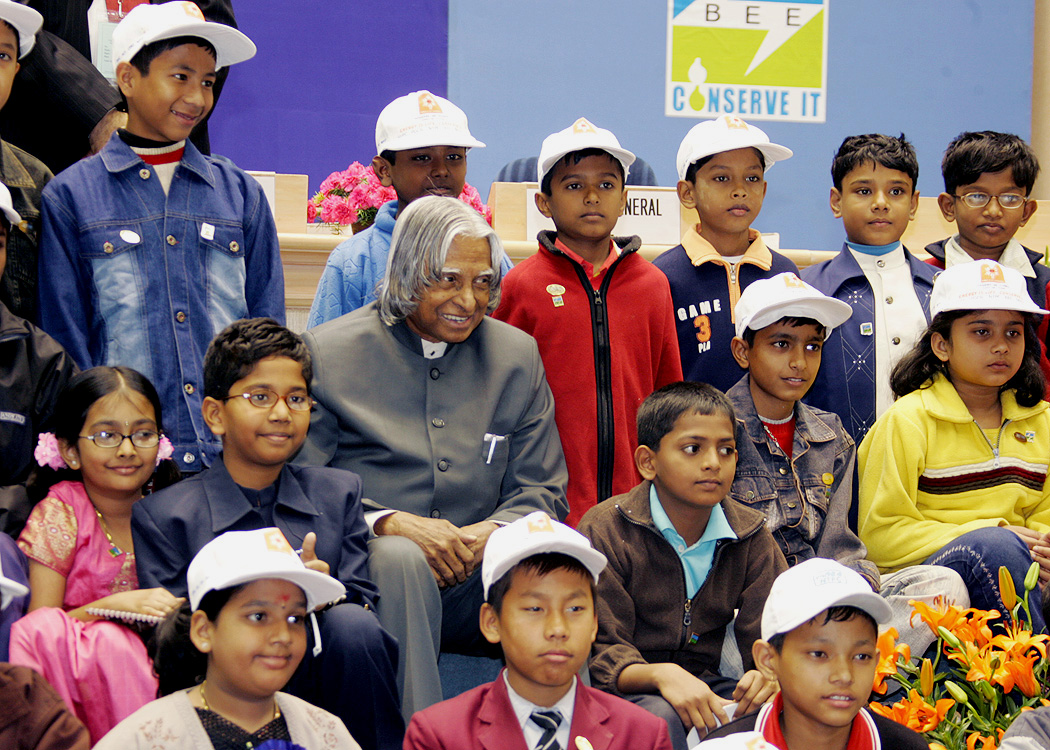
<<Back
|
|